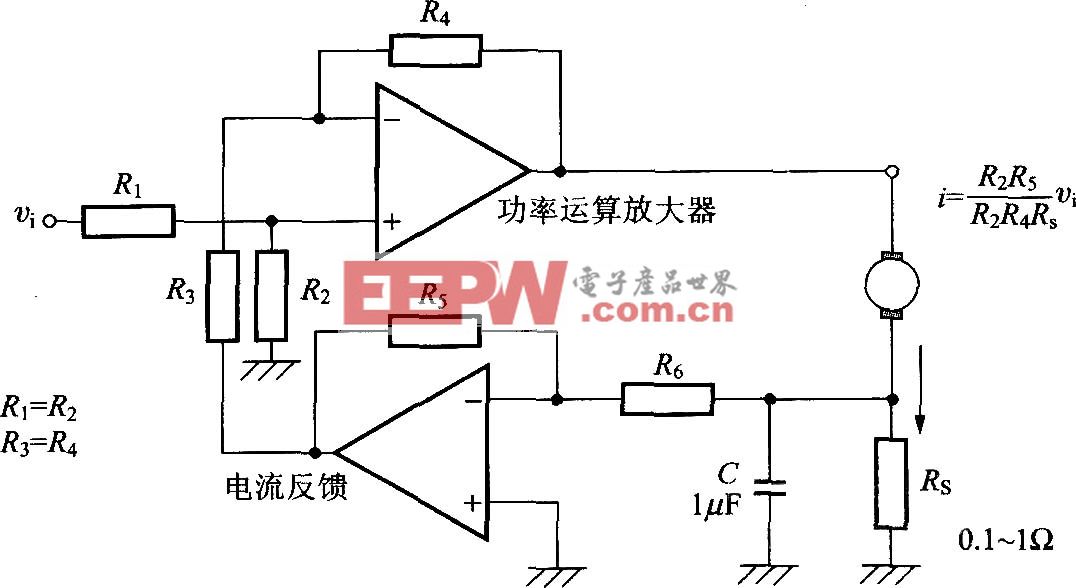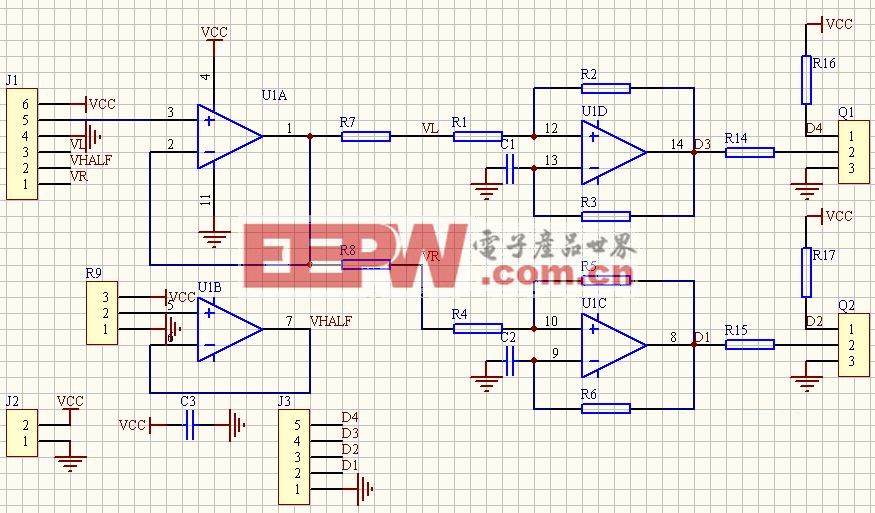可處理76V電壓的斷路器,Circuit Breaker H
Abstract: A current-sense amplifier, comparator, external CMOS switch, and an external transistor can be used to create a circuit breaker.
The simplicity of low-side current monitoring can mask the advantages of a high-side approach. You can monitor load currents in a power supply, a motor driver, or another power circuit on either the high or the low side (ground). However, you should not let the ease of low-side monitoring cause you either to overlook its dangers or the advantages of a high-side approach.
Various fault conditions can bypass the low-side monitor, thereby subjecting the load to dangerous and undetected stresses. However, a high-side monitor connected directly to the power source can detect any downstream failure and trigger the appropriate corrective action. Traditionally, such high-side monitors required a precision op amp, a boost power supply to accommodate the op amp's limited common-mode range, and some precision resistors. Now, the MAX4080 IC can sense high-side currents in the presence of common-mode voltages as high as 76V (Figure 1).
In this application circuit the MAX4080, IC1, provides a ground-referenced voltage-source output proportional to the high-side current of interest. This output voltage is proportional to the voltage across an external sense resistor multiplied by five.
Figure 1. A current sense amplifier, comparator, and a few external components form a low-cost circuit breaker.
IC1, IC2, and a few external parts form a low-cost circuit breaker. RSENSE senses load currents, and Q1 controls the currents. The design accepts inputs of 4.5V to 76V. The initial application of VIN and VDD places the breaker in its trip state. Pressing S1 resets the breaker and connects power to the load and IC1, thereby activating Q1. When the voltage across RSENSE is multiplied by five and exceeds 1.2V, then IC2 outputs a low signal on COUT which turns off Q2 and Q1. Press S1 to reset the breaker.
Reprinted from EDN Magazine May 25, 2000.
斷路器相關(guān)文章:斷路器原理
高壓真空斷路器相關(guān)文章:高壓真空斷路器原理 漏電斷路器相關(guān)文章:漏電斷路器原理







評(píng)論